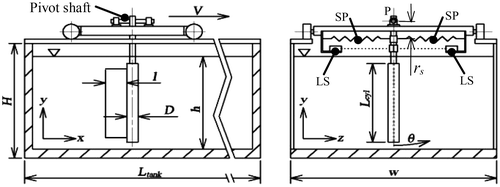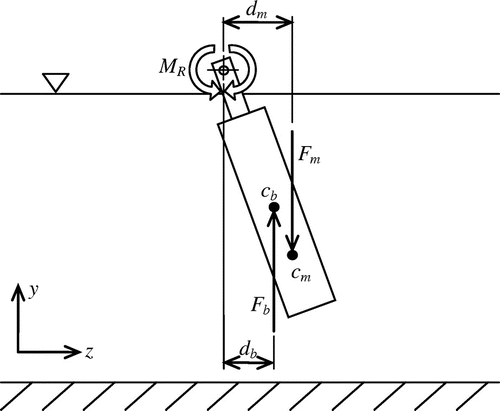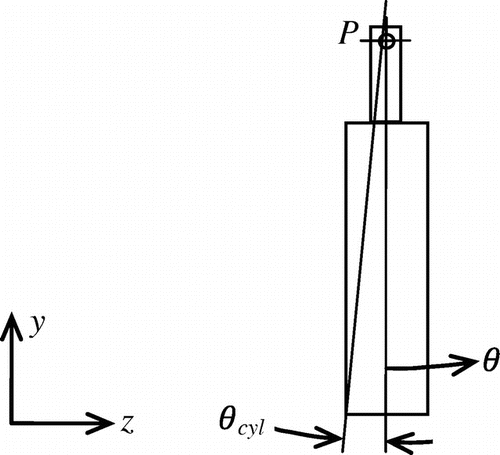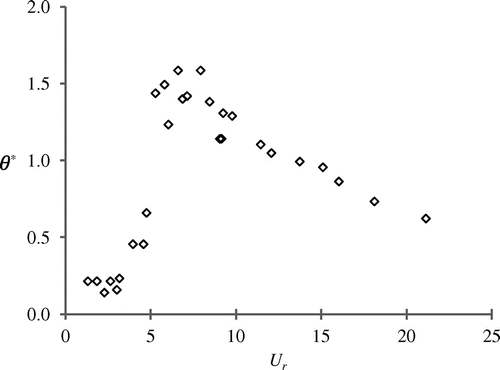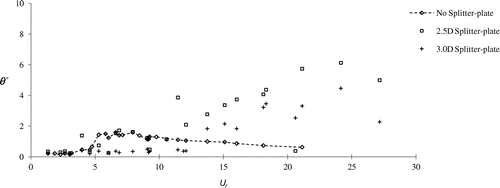Figures & data
Table 1. Structural properties of test cylinders with splitter-plates.
Figure 6. Vibration responses of pivoted cylinder with splitter-plates l = 0.5D, l = 1.0D, l = 1.5D and l = 2.0D.

Figure 8. Frequency responses of pivoted cylinder with splitter-plates of various lengths. (Note: f/fn axis truncated at f/fn = 1.5 to aid clarity. Thus, a number of the no splitter-plate data points only are absent).
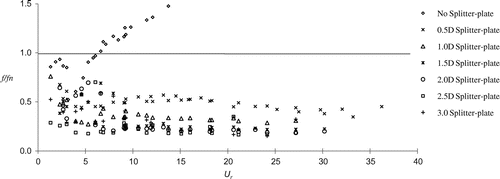
Figure 9. Average oscillation frequency of each splitter-plate through-out Ur > 10. Note: Upper and lower dashes are offset by 1 standard deviation.
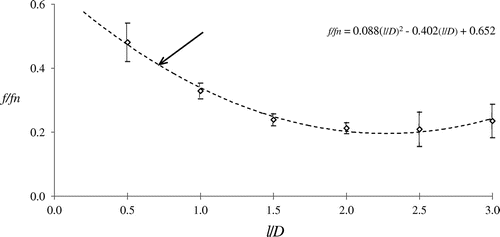
Figure 10. Linear trend-line fits to angular excursion of pivoted circular cylinder with attached N-R splitter-plates l = 0.5D, l = 1.0D, l = 1.5D and l = 2.0D.


